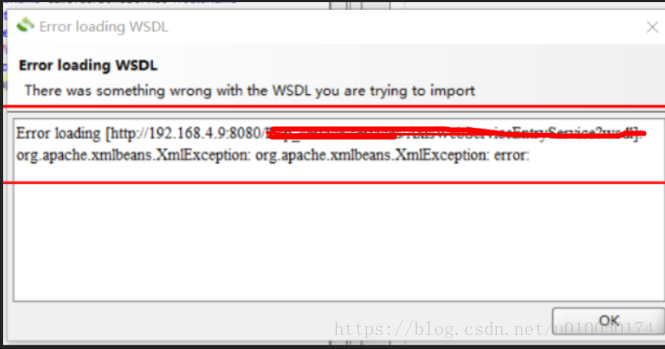Error content:
15:07:50,724 ERROR [org.jboss.as.controller.management-operation] (Controller Boot Thread) WFLYCTL0013: Operation ("add") failed - address: ([("deployment" => "MESwell.ear")])
- failure description: "WFLYCTL0212: Duplicate resource [(\"deployment\" => \"MESwell.ear\")]"
15:07:50,728 FATAL [org.jboss.as.server] (Controller Boot Thread) WFLYSRV0056: Server boot has failed in an unrecoverable manner; exiting. See previous messages for details.
Error reporting scenario:
This error occurs when I start it normally for the first time, and then turn it off. When I start it for the second time, it will fail to start. Many answers were searched on the Internet, but they failed. Later, I found this answer:
Through this answer, I know that it must be related to the nonstandard start-up operation of my second time. The nonstandard start-up led to the existence of the cache started last time. Then I searched wildfly how to clean up the cache.
Here is the Solution:
1. Find the package you put under \wildfly-10.1.0.Final\standalone\deployments\, check its startup status, and delete the files generated after the startup failure. (It seems to be fine without cleaning up)
2. Delete all files under \wildfly-10.1.0.Final\standalone\data
3、Go to \wildfly-10.1.0.Final\standalone\configuration and find your standalone.xml
Search for deployment, find a string of tags like the following generated, delete!

4. After executing the appeal operation, check whether the above three steps are not clear and clean
5. Restart your wildfly (JBoss)
